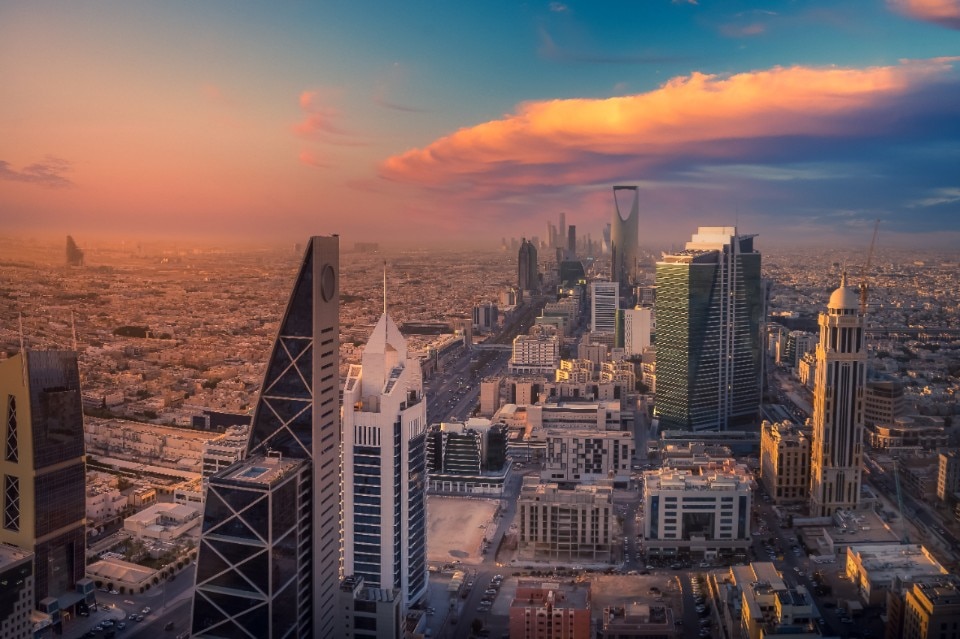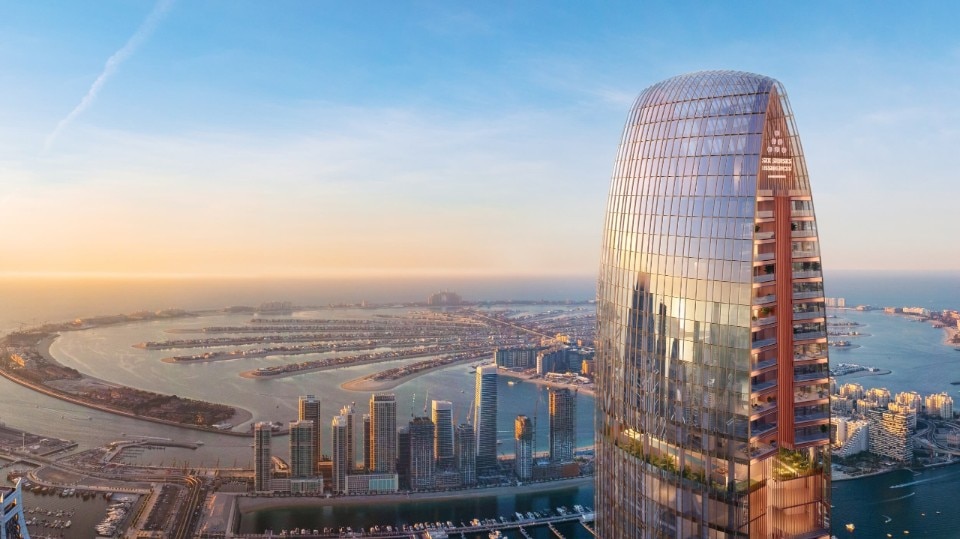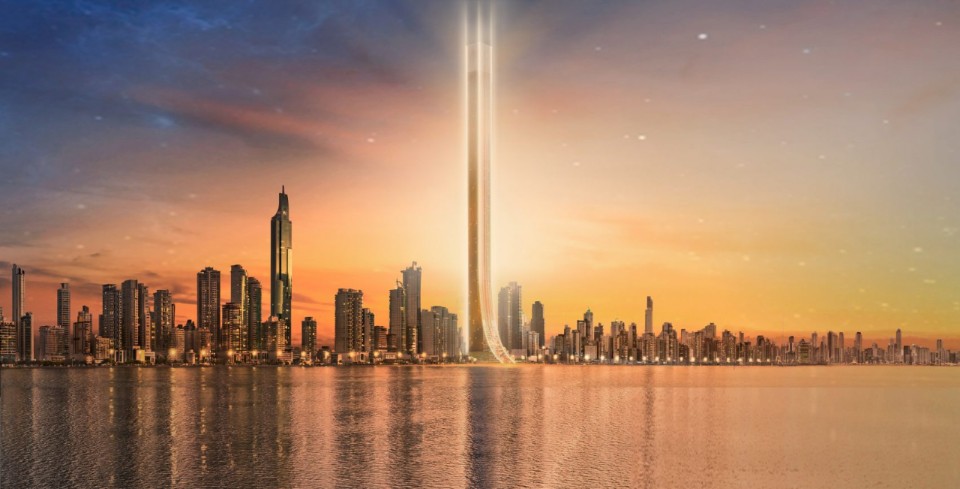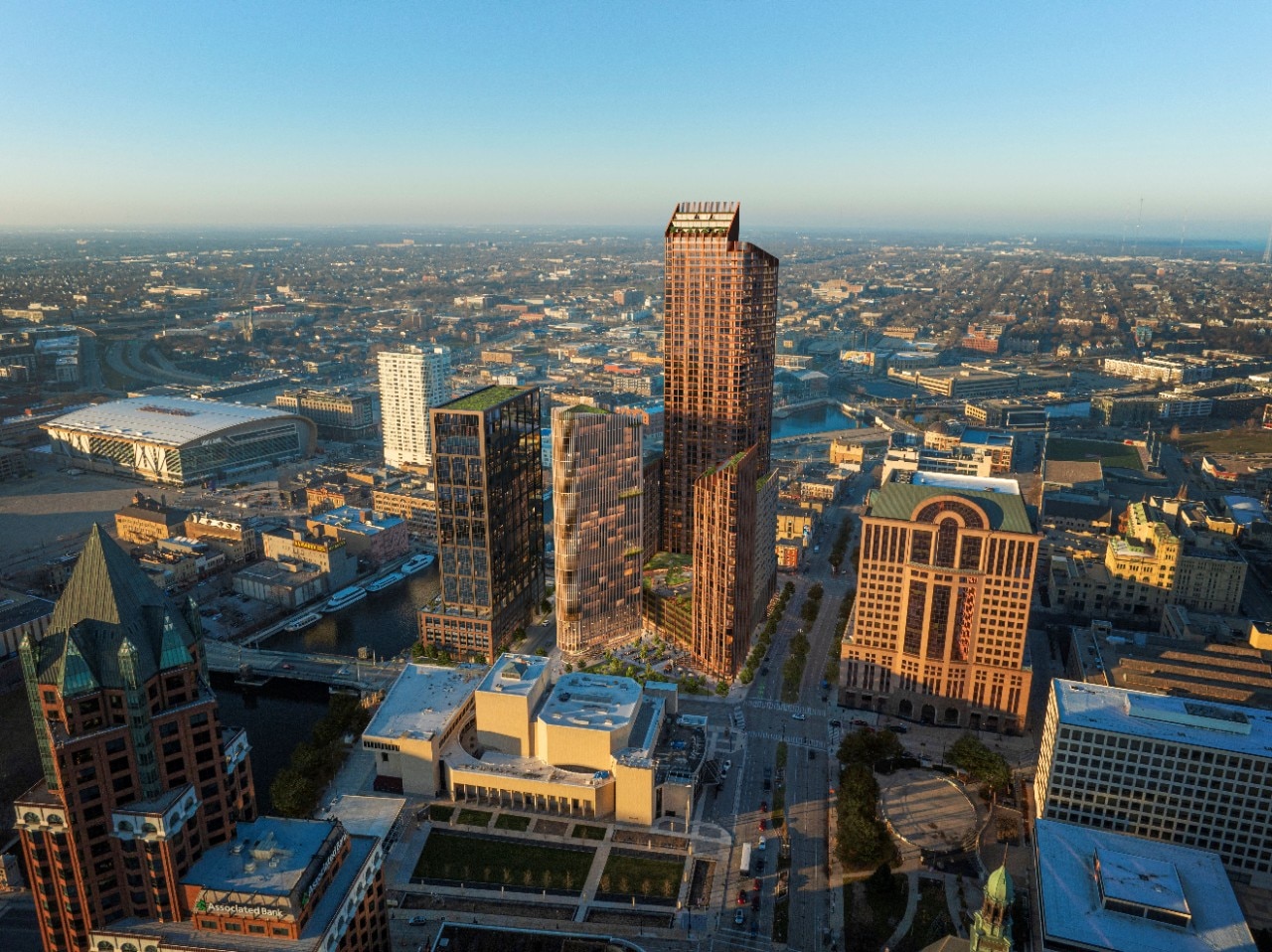Since the time of the first American explorations of vertical architecture, made possible by the introduction of steel replacing traditional reinforced concrete construction systems, the skyscraper typology has become an undisputed icon of the modern and contemporary city.
If, at the beginning, the upward tension in construction was motivated by the need to guarantee maximum settlement density in increasingly intensely built-up urban areas, over time, thanks to structural and technological development, necessity has become a virtue, giving design creativity carte blanche to be expressed even in the most bizarre forms, and fuelling that aspiration to transcend one's limits (in this case, in height) that has driven mankind since the time of Icarus.
An impulse to self-affirmation that often overflows into the race for altitude supremacy, encouraged by a fiercely competitive global age which intends successful performance (and its immediate media resonance) as irrefutable proof of a “status”, if not also of a “worthy” existence.

We investigated among the pages of the web and the current narrative the tallest buildings, in progress and in the planning stage, which should be completed by 2030 and which stand out (volumetrically, technically and mediatically) for their exorbitant height (over five hundred metres, with the exception of one).
Main stage are the Arab countries (Emirates and Saudi Arabia), following a territorial marketing strategy that has been investing for decades on the “wow effect” and architectural vertigo, but also the United States and Latin America, where technical solutions are being explored (from the tallest mass timber tower in the world to the skyscraper designed with innovative technologies to reduce wind-induced vibrations) that aim to unleash, in the not too distant future, the hyper tall as a compendium of the possibilities of human ingenuity (and of its hybris).
Foster + Partners, North Pole Rise Tower
Riyadh, Saudi Arabia
2.000 m
Destined to be the first tower in the world to reach the incredible height of 2 kilometres, the Rise Tower is located within North Pole,the new multifunctional and eco-sustainable district being planned in Riyadh. Foster + Partners has designed the winning concept: some images have already leaked from YouTube, but the firm is not yet releasing any material about this revolutionary work yet.
AE7, Burj Azizi
Dubai, United Arab Emirates, 2025-2028
725 m
The building on Sheikh Zayed Road, second only to the Burj Khalifa, will house 113 residences, wellness centres, swimming pools, cinemas, gyms, supermarkets, restaurants and shopping centres spread over 132 floors. Construction is scheduled to start in 2025 and be completed by 2028. The skyscraper, which will house the tallest hotel lobby, the tallest nightclub, the tallest rooftop terrace, the tallest restaurant and the tallest hotel room, is designed more as a “record” than as a building.
Silver Stone Engineering Consultants, Burj Binghatti Jacob & Co Residences
Dubai, United Arab Emirates, 2024-2026
595 m
Burj Binghatti Jacob & Co Residences is the result of a partnership between Binghatti, Dubai's leading real estate developer, and the famous luxury jewellery and watch brand Jacob & Co. The skyscraper, destined to become the world's tallest residential tower, culminates at the top in a set of spires resembling a crown of diamonds, if one ever forgets who financed it.
Woods Bagot, Six Senses Residence
Dubai, United Arab Emirates, 2024-2028
517 m

With a projected height of 517 metres, the Six Senses Residences Dubai Marina tower is poised to claim the title of the world's tallest residential tower when completed in 2028, if Burj Binghatti Jacob & Co Residences does not reach the summit first. At 122 storeys, 251 residences of various types are planned, in a triumph of luxury, eco-sustainability and feng-shui.
Lalalli Senna, Senna Tower
Balneário Camboriú, Brazil
509 m

Senna Tower, named in honour of the formula 1 driver, will house only residences (228 residential units, including 18 “mansions”, 204 flats, 4 duplex penthouses and 2 triplex “mega penthouse”’), aiming for LEED Platinum certification. The building is designed to reduce vibration and wind sway due to its height, thanks to the Tuned Mass Damper (TMD) system, used for the first time in Latin America. The slight and aerodynamic shapes are reminiscent of the thrill of speed evoked by a racing car.









